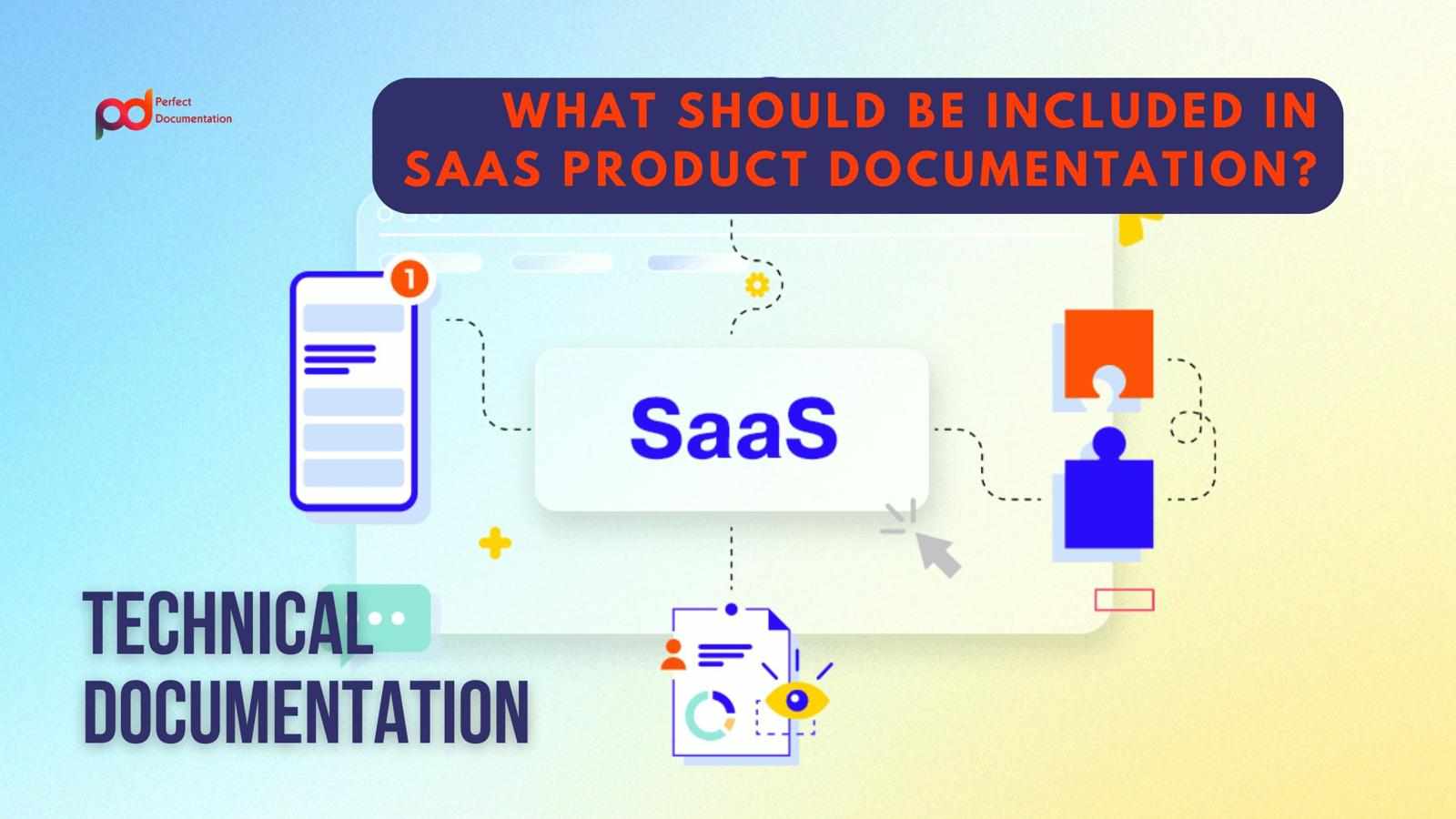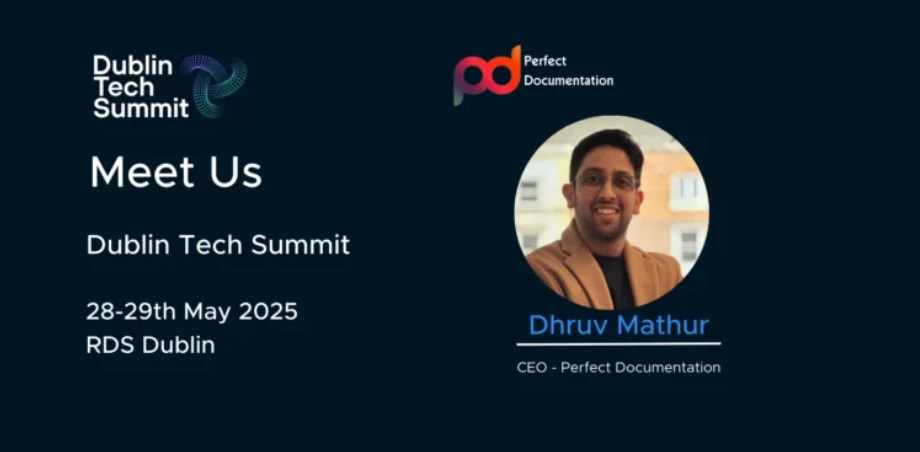
In today’s competitive digital ecosystem, SaaS (Software as a Service) products must offer more than just powerful features—they must be usable, scalable, and self-explanatory. The bridge between your product and your users’ success is clear, comprehensive documentation. Whether you're onboarding new users, supporting developers, or training internal teams, great documentation is critical to adoption and retention.
At Perfect Documentation, we specialize in Software and SaaS Documentation Services that transform complex systems into accessible, actionable guides. In this post, we’ll break down exactly what should be included in your SaaS product documentation—and why it matters.
Why SaaS Documentation Matters More Than Ever
Documentation isn’t just a support tool. For SaaS companies, it's part of your product experience. Great documentation reduces support tickets, speeds up onboarding, boosts user satisfaction, and even drives product-led growth.
In 2025, users expect answers fast—whether they’re customers, developers, or partners. So, the documentation you provide must be as intuitive and frictionless as the product itself.
Key Components of Effective SaaS Product Documentation
Here’s what every high-quality SaaS documentation set should include:
1. Getting Started Guide (Onboarding)
Goal: Help new users quickly understand how to set up and start using your SaaS platform.
What to include:
Account creation and login process
Initial setup or configuration steps
Key features overview
How to integrate with other tools (e.g., Slack, Zapier, Google Workspace)
Short videos or interactive tutorials (optional but highly effective)
Clear onboarding content reduces churn and improves time-to-value. At Perfect Documentation, our onboarding sections are crafted to lead users step-by-step through essential early actions with clarity and confidence.
2. Feature Documentation
Goal: Provide detailed explanations of each feature and its use cases.
What to include:
Description of the feature and what it does
Step-by-step usage instructions
Screenshots or screen recordings
Tips, best practices, or common use cases
Edge case handling or known limitations
Great feature docs are scannable, searchable, and deeply useful to both new and power users.
3. FAQs and Troubleshooting
Goal: Answer common user questions and resolve recurring issues without human support.
What to include:
Common user queries with concise answers
Troubleshooting steps for known issues
Contact or escalation instructions for complex problems
Links to related documentation
A well-structured FAQ can dramatically reduce support load, especially for high-volume, self-serve SaaS products.
4. API Documentation (If Applicable)
Goal: Support developers who need to integrate or build on your platform.
What to include:
Base URL, authentication, and rate limits
Endpoint summaries and usage
Sample requests and responses
Error codes and handling
SDK references (if available)
Developer experience (DX) is critical to platform adoption. Perfect Documentation ensures that API documentation is not only technically accurate but also easy to understand and integrate with development workflows.
5. Admin & User Role Guides
Goal: Support different types of users with content specific to their permissions and responsibilities.
What to include:
Role definitions (admin, contributor, viewer, etc.)
Permissions management
Role-specific dashboards or tools
Security and compliance controls
If your SaaS offers role-based access, documentation needs to be segmented accordingly. This avoids confusion and empowers each user type.
6. Release Notes & Change Logs
Goal: Keep users informed about new features, updates, and bug fixes.
What to include:
Feature additions or improvements
Bug fixes and resolved issues
Deprecations or changes in behavior
Dates and version numbers
Transparency builds trust. Release notes are a valuable part of any Software and SaaS Documentation Services strategy because they reflect your ongoing commitment to product evolution.
7. Security & Compliance Information
Goal: Address concerns of enterprise customers or industries with regulatory requirements.
What to include:
Data privacy policies and encryption details
User access control features
SOC 2, GDPR, HIPAA, or other certifications
Backup and disaster recovery practices
Documentation can often serve as the first step in vendor security assessments—especially in fintech, healthcare, and education sectors.
8. Integration Guides
Goal: Help users connect your SaaS platform with other tools or services they use.
What to include:
Supported third-party integrations
Configuration steps
Troubleshooting integration issues
Use case examples (e.g., connecting CRM with email automation)
Integration guides are key to making your product feel like part of a broader workflow, rather than a standalone tool.
9. Glossary and Terminology
Goal: Clarify technical or product-specific terms to ensure all users understand your language.
What to include:
Product-specific acronyms or terms
Definitions of feature names
Explanations of system behavior or technical jargon
A simple glossary can greatly enhance usability—especially for first-time users or non-technical stakeholders.
10. Interactive Help (Optional but Valuable)
Modern SaaS documentation isn't always consumed through a help center. Consider embedding help where your users need it most—inside the app.
This includes:
Tooltips and hover cards
Onboarding walkthroughs
Embedded videos
Searchable in-app documentation
Perfect Documentation designs in-app knowledge systems that guide users in real time, boosting retention and reducing drop-offs.
Final Thoughts
SaaS users don’t read documentation for fun—they do it to solve a problem or accomplish a goal. That’s why your documentation must be:
Easy to find
Easy to follow
Easy to trust
With the right structure, tools, and tone, your documentation can turn confusion into confidence and users into advocates.
At Perfect Documentation, we offer specialized Software and SaaS Documentation Services tailored to your platform’s needs. Whether you’re launching a new product or scaling your documentation for enterprise clients, we help you deliver clarity at every stage of the user journey.

Dublin Tech Summit on May 28-29th, 2025 at the RDS Dublin!We’re excited to be part of the Dublin Tech Summit on May 28-29th, 2025 at the RDS Dublin! It’s the perfect chance to network, gain insights, and exchange ideas with fellow tech innovators.
Write a comment ...